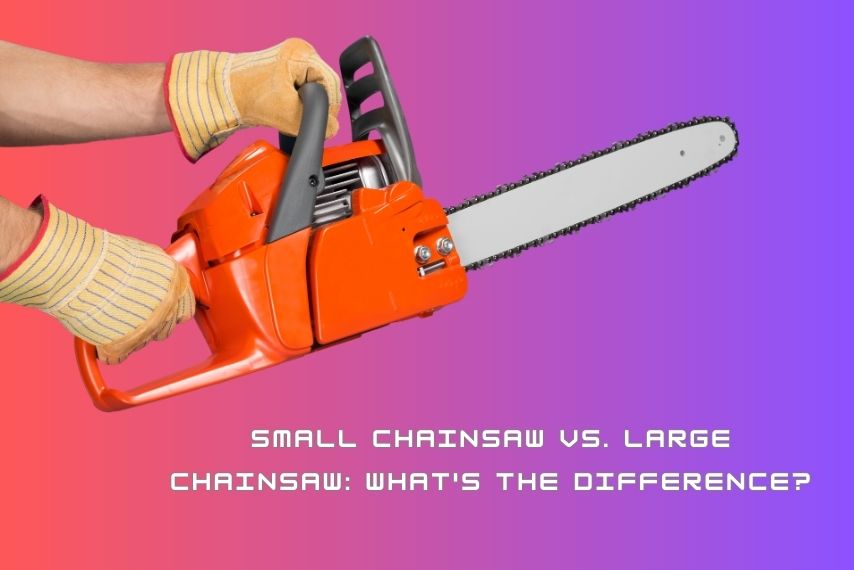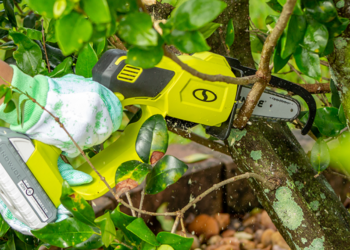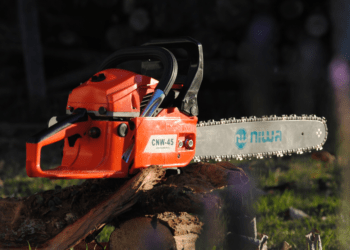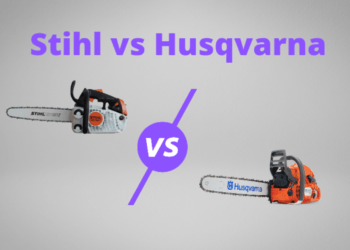When it comes to chainsaws, the size of the saw is one of the most important factors to consider. Chainsaws come in a range of sizes, from small to large, and each size has its unique features and benefits. In this article, we’ll explore the differences between small and large chainsaws to help you make an informed decision when selecting the right tool for your needs.
Small Chainsaws
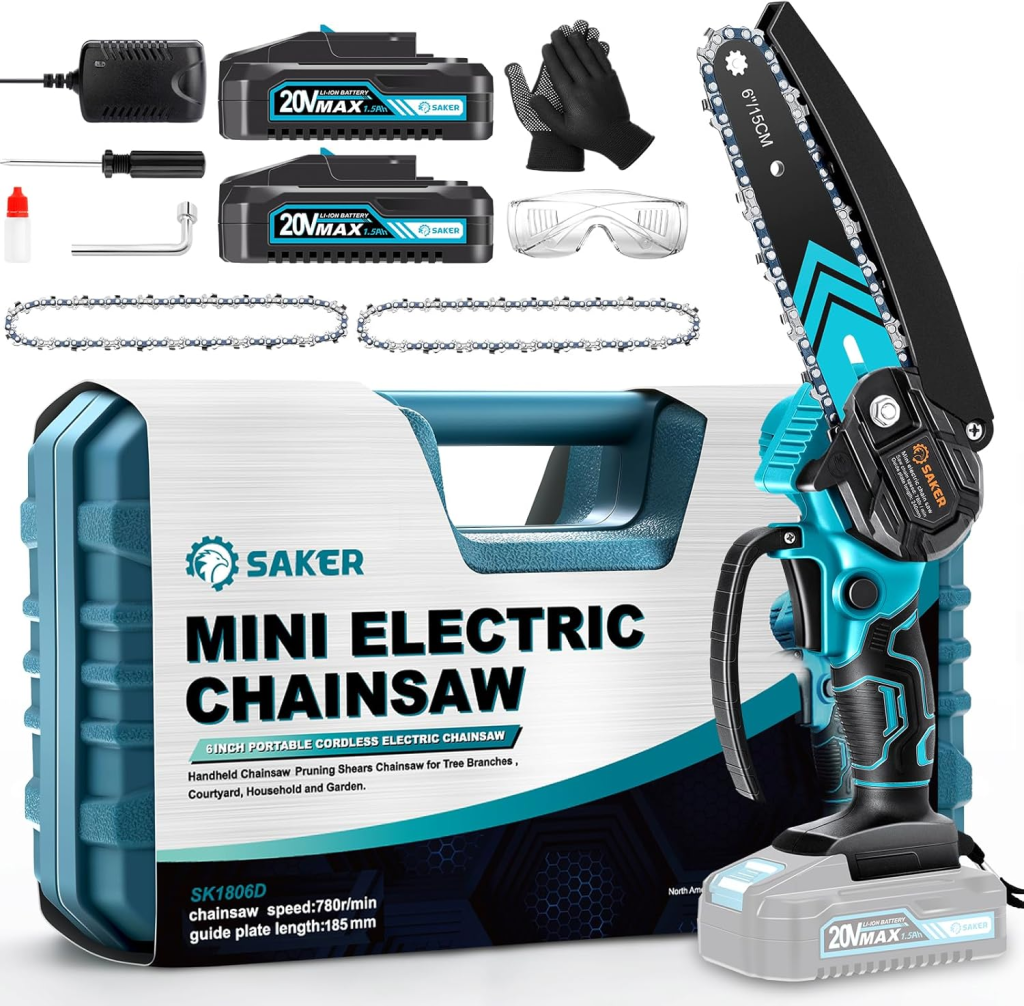
Small chainsaws are typically lightweight and compact, making them ideal for cutting small branches, trimming hedges, and pruning trees. These chainsaws are also popular for DIY projects and small woodworking tasks. The engines on small chainsaws are usually less powerful than those on larger models, which means they are less noisy and produce less vibration. This makes them more comfortable to use for extended periods and easier to maneuver.
One of the main advantages of small chainsaws is their portability. They are easy to carry and transport, making them ideal for use in remote locations. Small chainsaws are also more affordable than larger models, making them a popular choice for homeowners and DIY enthusiasts.
Large Chainsaws
Large chainsaws, on the other hand, are designed for heavy-duty tasks and are commonly used by professionals in the forestry and logging industries. These chainsaws are built with powerful engines, longer guide bars, and more aggressive chains. This makes them ideal for felling trees, cutting firewood, and other large-scale tasks.
One of the main advantages of large chainsaws is their cutting power. They are designed to handle the toughest cutting jobs, making them an essential tool for professional loggers and arborists. They also feature longer guide bars, which makes them more efficient for cutting through larger trees and branches.
However, there are some downsides to using a large chainsaw. They are heavier and bulkier than small chainsaws, which makes them harder to maneuver and less comfortable to use for extended periods. They are also more expensive than smaller models, which can make them less accessible for homeowners and DIY enthusiasts.
Which Chainsaw is Right for You?
The answer to this question ultimately depends on your specific needs and preferences. If you’re a homeowner or DIY enthusiast looking for a tool for small-scale projects, a small chainsaw is likely the best option. They are affordable, easy to use, and perfect for light-duty tasks.
If you’re a professional in the forestry or logging industries, a large chainsaw is likely a better fit. They are built for heavy-duty tasks and are designed to handle the toughest cutting jobs.
Regardless of which chainsaw you choose, it’s important to prioritize safety. Always wear protective gear, such as eye and ear protection, gloves, and safety boots. Follow the manufacturer’s instructions carefully, and never attempt to operate a chainsaw if you’re feeling fatigued or unwell.
In conclusion, both small and large chainsaws have their unique advantages and disadvantages. By considering your specific needs and preferences, you can select the right chainsaw for your task and enjoy a safe and successful cutting experience.

